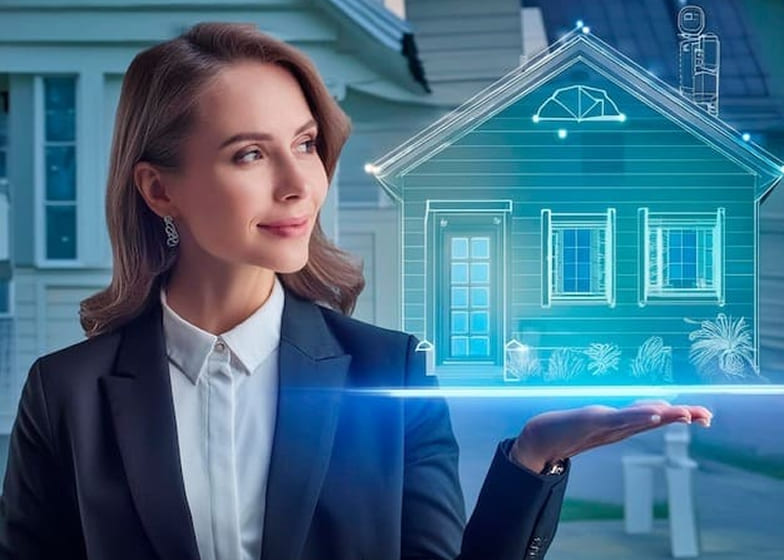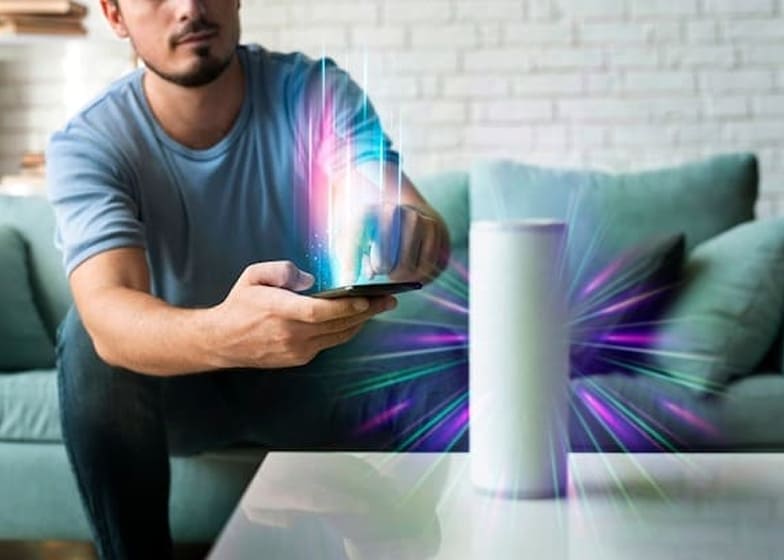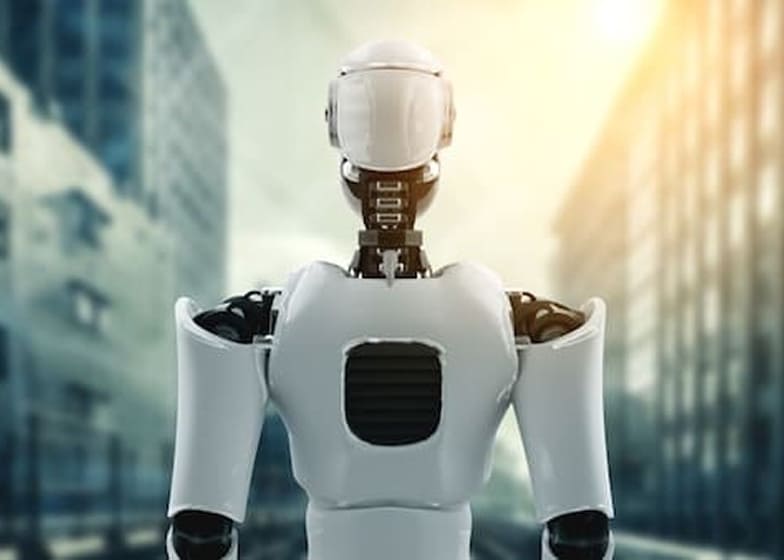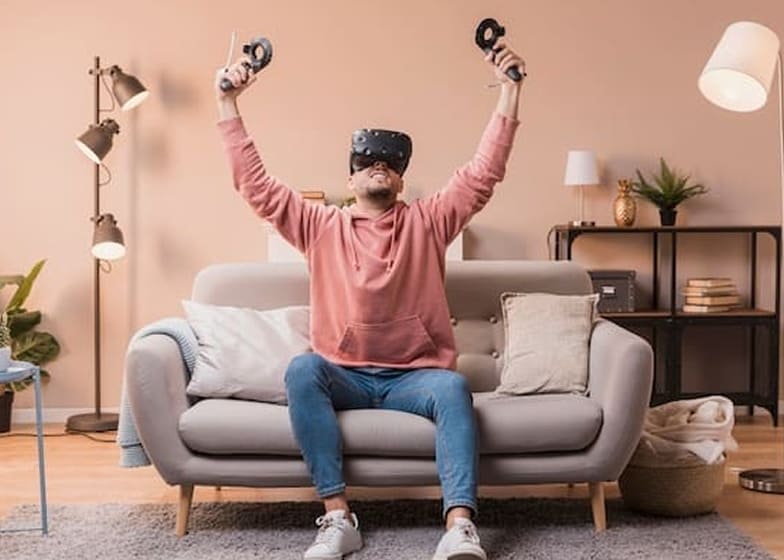Smart homes and automation have transformed the way people interact with their living spaces, blending technology with daily life to create convenience, efficiency, and security. Early home automation systems were basic, often limited to programmable timers for lighting or heating. Over time, advancements in wireless technology, sensors, and the Internet of Things (IoT) have enabled homes to become increasingly intelligent, allowing devices to communicate with each other and respond to user preferences in real-time.
Modern smart homes integrate a wide range of connected devices, including smart thermostats, lighting systems, security cameras, door locks, and home entertainment systems. Voice assistants like Amazon Alexa, Google Assistant, and Apple Siri allow residents to control these devices using simple voice commands, making automation more accessible and intuitive. AI-driven systems can learn user habits, adjust settings automatically, and even provide predictive insights to improve energy efficiency and comfort.
Automation in smart homes also enhances safety and security. Smart locks, video doorbells, motion sensors, and surveillance cameras provide real-time monitoring and alerts, giving homeowners greater control and peace of mind. Integration with mobile apps ensures that residents can manage their homes remotely, from checking who’s at the door to adjusting lighting or climate controls while away.
Additionally, smart home technology contributes to energy efficiency and cost savings. Automated lighting, climate control, and appliance management reduce unnecessary energy consumption. AI-powered systems analyze usage patterns and optimize energy consumption, lowering utility bills and minimizing environmental impact. As smart home technology continues to evolve, it promises even greater convenience, personalization, and sustainable living, making homes not just connected, but truly intelligent.
Key Components of a Smart Home
Smart Lighting Systems
Smart lighting allows homeowners to control brightness, color, and schedules remotely through apps or voice commands. Some systems can adjust automatically based on time of day, natural light, or occupancy. Users can create personalized lighting scenes for work, relaxation, or entertainment.
ExamplePhilips Hue, LIFX
Smart lighting installers, IoT developers, or smart home consultants can earn $40K – $100K/year, while selling smart lighting devices or accessories online can generate $500 – $2,000/month for small businesses.
Smart Thermostats and Climate Control
These devices learn user preferences and automatically adjust heating and cooling for comfort and energy efficiency. Advanced systems can integrate with weather forecasts and energy pricing to optimize consumption.
ExampleNest Thermostat, Ecobee
Professionals installing smart HVAC systems or offering energy optimization consulting can earn $50K – $120K/year. Selling smart thermostats through e-commerce or subscription services can generate $1,000 – $3,000/month.
Smart Security Systems
Smart security includes cameras, motion sensors, video doorbells, and smart locks. Homeowners receive real-time alerts, can monitor remotely, and automate security routines. Integration with AI can detect unusual activity or intrusions.
ExampleRing, Arlo, August Smart Lock
Security system installers and IoT security consultants can earn $50K – $130K/year. Small businesses selling DIY smart security kits or subscription monitoring services can earn $500 – $5,000/month.
Smart Entertainment Systems
Smart TVs, speakers, and home theater systems provide seamless, integrated entertainment experiences. Users can control devices via voice, apps, or automated routines and enjoy multi-room audio or personalized content.
ExampleSonos, Roku, Amazon Fire TV
AV system installers and consultants can earn $45K – $110K/year, while creating content or apps for smart entertainment platforms can generate $1,000 – $4,000/month.
Voice Assistants and Smart Hubs
Voice-controlled devices and hubs act as central controllers for all smart devices. Users can manage lighting, security, climate, and entertainment hands-free, creating a fully automated environment.
ExampleAmazon Alexa, Google Assistant, Apple HomePod
Smart home integration specialists can earn $50K – $120K/year. Developing voice assistant skills, apps, or automations can generate $500 – $3,000/month.
Smart Appliances
Connected appliances such as refrigerators, ovens, washing machines, and coffee makers allow remote control, notifications, and automation. Some appliances can optimize energy usage or reorder supplies automatically.
ExampleSamsung Smart Fridge, LG Smart Washer
Smart appliance installation and repair services can earn $40K – $100K/year, while selling smart appliances or subscription-based maintenance services can earn $500 – $2,500/month.
IoT Sensors
Sensors detect motion, temperature, humidity, smoke, water leaks, or occupancy, allowing homes to automate responses or alert homeowners to potential issues in real-time.
ExampleAqara Sensors, Fibaro Motion Sensor
IoT sensor integration specialists can earn $50K – $110K/year, while creating DIY sensor kits or consulting services can generate $500 – $2,000/month.
Home Automation Software and Apps
Centralized platforms integrate all smart devices, allowing homeowners to create automated routines, schedules, and remote control capabilities. Users can program “scenes” like morning routines, vacation modes, or energy-saving schedules.
ExampleSamsung SmartThings, Apple HomeKit, Google Home App
Software developers, app creators, or automation consultants can earn $60K – $150K/year. Subscription-based smart home app services can generate $1,000 – $5,000/month.
Benefits of The Evolution of Smart Homes and Automation.
Enhanced Convenience and Comfort
Smart homes allow users to control lighting, climate, entertainment, and appliances remotely through apps or voice assistants. Automated routines and AI-driven systems adjust settings based on user preferences, creating a personalized and effortless living experience.
Improved Energy Efficiency and Cost Savings
Smart thermostats, lighting systems, and appliances optimize energy usage by learning habits and adjusting automatically. This reduces unnecessary electricity consumption, lowers utility bills, and contributes to a more sustainable lifestyle.
Enhanced Security and Safety
Smart security systems, including cameras, smart locks, motion sensors, and alarm systems, provide real-time monitoring and alerts. Homeowners can control access remotely, detect intrusions, and respond promptly to emergencies, enhancing peace of mind.
Remote Access and Control
Smart home devices can be monitored and managed from anywhere via mobile apps or the internet. Users can adjust settings, check security cameras, or control appliances while traveling, adding flexibility and control to everyday life.
Personalized Experiences
AI and automation enable homes to learn user habits and preferences. Smart homes can create tailored experiences such as adjusting lighting for relaxation, playing preferred music, or setting the perfect temperature, enhancing lifestyle quality.
Integration and Interconnectivity
Connected devices work together seamlessly, creating an ecosystem where one device can trigger actions in another. For example, sensors can turn on lights and adjust the thermostat when someone enters a room.
Increased Property Value
Homes equipped with smart automation are increasingly attractive to buyers. Investing in smart home technology can enhance property appeal and resale value.
Opportunities for Earning and Business
The rise of smart homes has opened avenues for careers and businesses, including smart home installation, IoT device development, home automation consulting, and subscription-based services. Professionals can earn $40K–$150K/year, while entrepreneurs can generate $500–$5,000/month through products or services.
Challenges of The Evolution of Smart Homes and Automation
High Initial Costs
Setting up a fully automated smart home can be expensive. Devices such as smart thermostats, lighting, security systems, and appliances require a significant upfront investment, making it less accessible for some homeowners.
Complexity and Compatibility Issues
Integrating multiple devices from different manufacturers can be challenging. Compatibility issues may arise between smart hubs, apps, and IoT devices, requiring technical expertise for seamless operation.
Privacy and Security Concerns
Smart homes collect a large amount of personal data. Weak security measures or cyber vulnerabilities can lead to data breaches, unauthorized access, or hacking of connected devices, raising privacy concerns.
Dependence on Internet and Technology
Smart homes rely heavily on stable internet connections and cloud services. Power outages, network failures, or technical glitches can disrupt the functioning of automated systems, reducing reliability.
Maintenance and Updates
Smart devices require regular software updates and occasional maintenance to ensure optimal performance. Failure to update systems can cause malfunctions, security risks, or compatibility problems.
Learning Curve for Users
Not all homeowners are tech-savvy. Learning to operate and program smart home devices effectively can be challenging, potentially leading to underutilization of the system.
Limited Standardization
The lack of industry-wide standards for smart home devices can make expansion or integration of new devices difficult. Proprietary systems often limit interoperability with other products.
Potential Over-Reliance on Automation
Relying too heavily on automated systems may reduce user engagement with basic tasks and create dependency. Users may also face difficulties manually controlling systems during failures.
Summary
The evolution of smart homes and automation has transformed traditional living spaces into intelligent, connected environments that offer convenience, security, energy efficiency, and personalized experiences. Modern smart homes integrate devices such as lighting systems, thermostats, security cameras, appliances, and voice assistants, all interconnected through IoT and automation platforms. While these advancements enhance comfort, reduce energy costs, and improve safety, they also present challenges like high initial costs, compatibility issues, and cybersecurity risks. As technology continues to advance, smart homes not only improve lifestyle quality but also create lucrative opportunities for professionals and entrepreneurs in installation, consulting, device development, and subscription-based services.
















